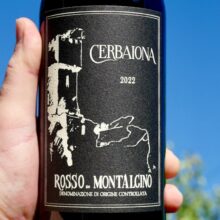
Product information
Cerbaiona Rosso di Montalcino 2022
$183
Description
The 2022 Rosso di Montalcino is wonderfully perfumed, casting a blend of roses, violets and crushed blackberries. A stone dust hint adds lovely complexity. This is elegant in style and remarkably pure, showing depths of cherry-berry fruit guided by a wave of vibrant acidity. The 2022 leaves a salty, mineral flourish while tapering off long and gently tannic. Crisp in feel, with resonating blue and purple inner florals. This is already quite likable, yet it also has the balance to excel in the cellar over the medium term. Drink 2025-2030
Eric Guido, Vinous 92+ Points
ON THE 2016: A bold Rosso, more than a baby Brunello. Much more delicious than many a Brunello on the market. There is something quite serious happening here. Dark fruited with incredible depth and length. Although the intensity in its youth is palpable, the harmony and balance here signal that as it shifts to the next phase of development it will give much, much more.
It is already incredibly complex, and, layered, dark mulberry and cherry, a little leather and earth play with truffles and undergrowth, yet another sniff reveals a perfume and musk. So much to enjoy here. For all the richness it has grace, and sophistication. A dusting of tannin to counter that richness is supported by a fine line of acid.
This is a triumph.
I’m certain if I sat with it over a couple of days it would be ever-changing and provide incredible intrigue.
Researching the wine, I came across Galloni’s notes on the 2010 Brunello. “In all of my years tasting the wines of Montalcino, I have only come across two wines with this level of textural unctuosity and sweetness; Gianfranco Soldera’s 1983 Brunello and 1990 Riserva.”
There is not a more emphatic statement that could be made about the capability of a Tuscan estate than that!
In stock
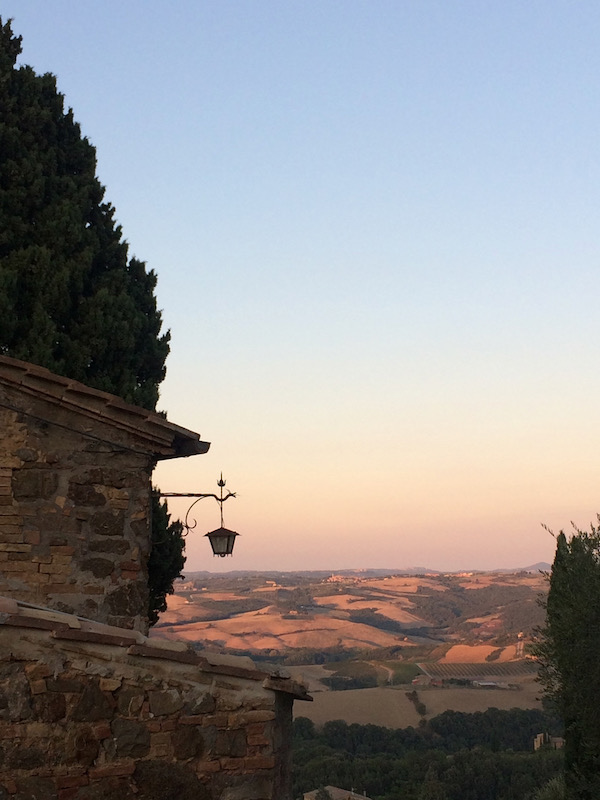
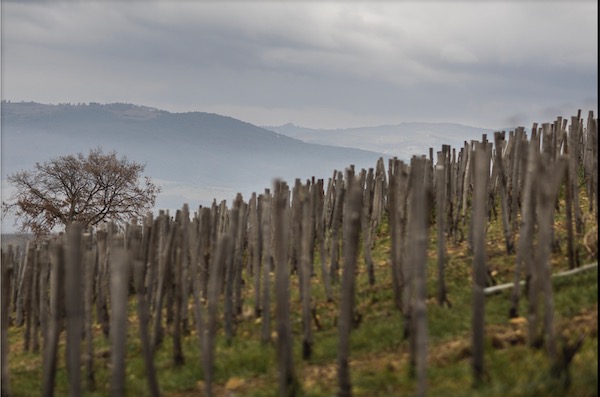

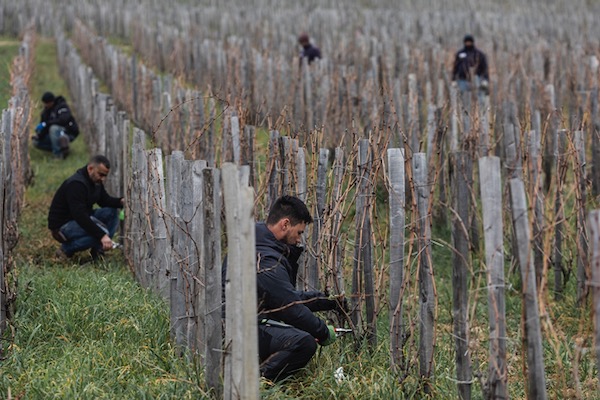
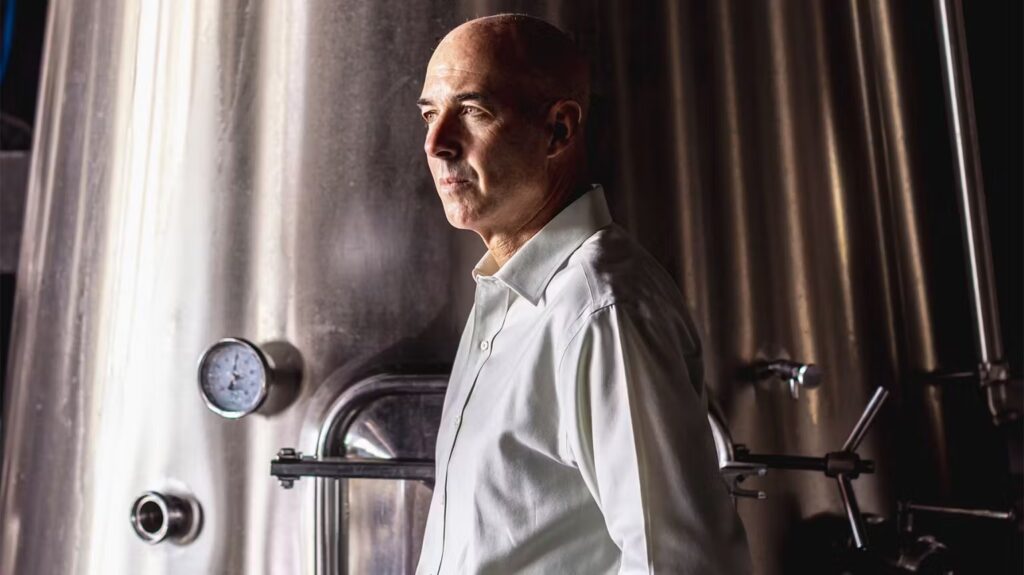
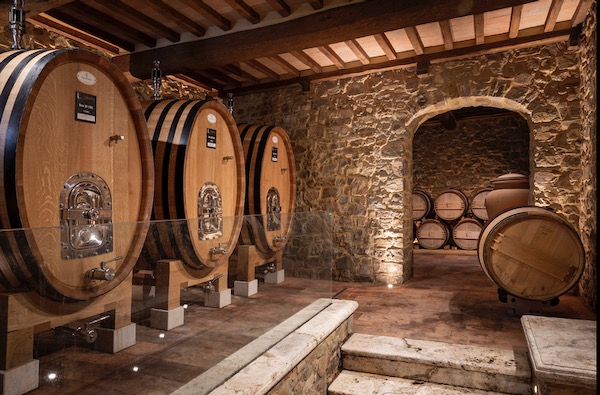
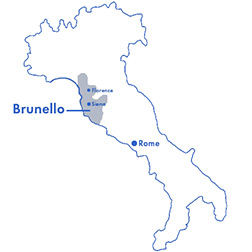
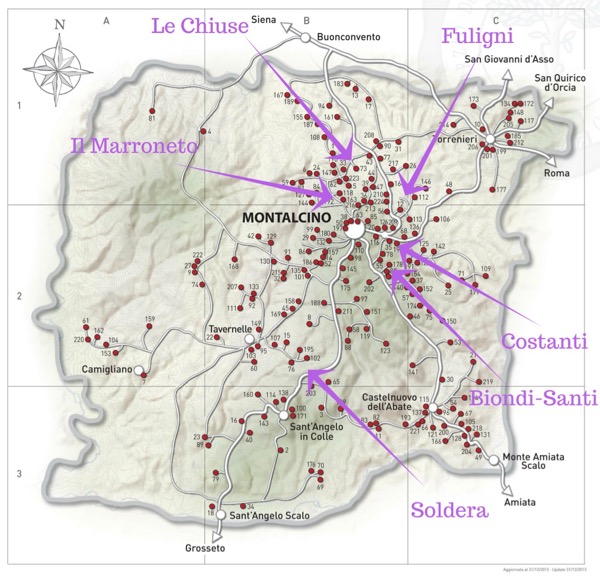

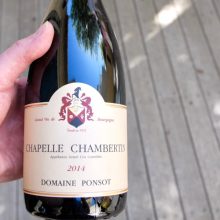
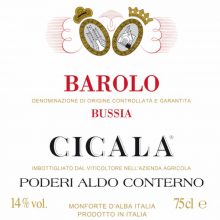
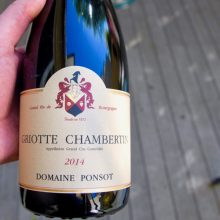
You must be logged in to post a comment.